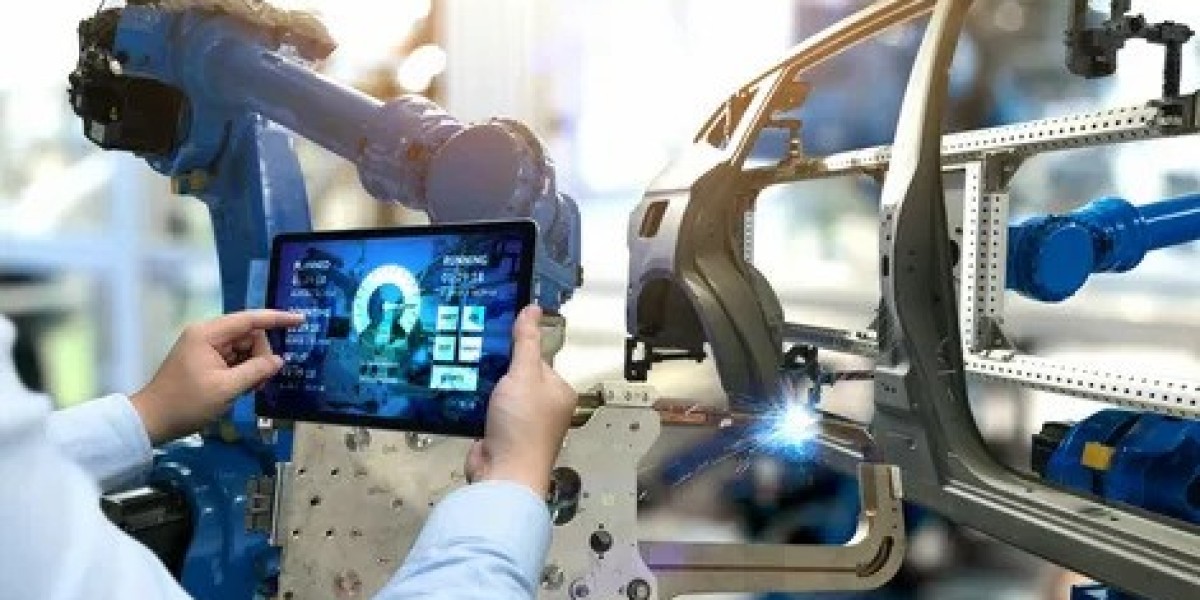Condition Monitoring Technologies are Machine Condition Monitoring
Modern manufacturing operations rely heavily on complex industrial equipment running 24/7 with minimal downtime. Even brief interruptions can have significant cost and productivity implications. To maximize uptime and performance, companies are increasingly turning to real-time condition monitoring systems that can detect anomalies and issues before they escalate into problems requiring repairs or shutdowns. These systems provide critical insights into equipment health to support predictive maintenance strategies.
Vibration Analysis is a Core Monitoring Method
One of the most commonly used Machine Condition Monitoring techniques is vibration analysis. Sensors attached to machines constantly measure vibration signatures during operation. Changes or abnormalities in vibration levels and frequencies can indicate balance issues, loose components, bearing wear and other mechanical faults developing within equipment. Vibration data is analyzed to diagnose potential problems and determine maintenance priorities. It allows technicians to proactively replace worn parts before complete failures occur. Most modern condition monitoring systems integrate vibration sensors and analysis software.
Thermal Imaging Provides Temperature Insight
Another important parameter tracked is machine temperature. Thermal cameras and infrared sensors monitor surface temperatures across equipment in real-time. Overheating components could signal electrical faults, air leaks or lubrication issues warranting attention. Thermal imaging gives operators a non-contact view into operational temperatures, allowing identification of hot spots requiring further investigation. It is especially useful for rotating equipment like motors, compressors and blowers where heat buildup can lead to accelerated wear or damage if left unaddressed.
Lubricant and Oil Analysis Signals Wear Debris
By analyzing lubricant samples for concentration and types of wear debris like metal shards or contaminants, experts can determine the amount and source of internal wear taking place. This provides early warning for declining component conditions needing proactive replacement before catastrophic failures strike. It also catches contamination ingress that may be prematurely degrading parts.
Acoustic Monitoring Listens for Abnormal Noises
Beyond vibration, temperature and oils, condition monitoring leverages acoustics collection as well. Microphones fitted near machines listen for unusual noises, clicks, grinding or other abnormal acoustic signatures as equipment operates. Changes over time could point toward issues like bearing degradation, gear wear, electrical arcing or other problems manifesting sonically before becoming visually evident. Acoustic monitoring offers a supplemental non-contact monitoring method alongside vibration, thermal and oils analysis techniques.
Cloud-Based Analytics Enable Remote Expertise
Modern machine condition monitoring systems centralize real-time sensor data through Industrial Internet of Things (IIoT) platforms. Continuous streams of vibration, temperature, lubrication parameters and other readings pour into cloud-based analytics dashboards for remote viewing by maintenance experts. AI-powered algorithms can automatically detect anomalies, filter normal operations from potential issues, and issue alerts when thresholds are exceeded. This remote visibility means troubleshooting support is available 24/7 from locations worldwide. Cloud-computing power also handles massive data processing required for sophisticated predictive algorithms.
Augmented Reality and Adaptive Algorithms Advance Predictions
Cutting-edge condition monitoring expands predictive maintenance capabilities even further. Augmented reality (AR) applications overlay virtual information onto real-world machine views through smart glasses or mobile devices. Technicians can see sensor readings, issue histories, part specifications and more superimposed directly in their field of vision. Meanwhile, advanced machine learning algorithms fed by massive IIoT datasets autonomously evolve to recognize subtle patterns indicating forthcoming faults. Over time, these adaptive systems gain unprecedented foresight into equipment health to drive ultra-precise predictive strategies.
Comprehensive real-time condition monitoring systems utilizing vibration, temperature, lubrication, acoustic, cloud-based and advanced analytics are vital for modern manufacturers to maximize equipment uptime through predictive maintenance. Remote monitoring powered by IIoT and analytics provides round-the-clock expertise while emerging technologies continually strengthen prognostics abilities. Overall, taking a proactive, data-driven approach to equipment maintenance delivers significant operational cost savings and productivity advantages compared to reactive, failure-based strategies.
Get more insights on Machine Condition Monitoring
About Author:
Money Singh is a seasoned content writer with over four years of experience in the market research sector. Her expertise spans various industries, including food and beverages, biotechnology, chemical and materials, defense and aerospace, consumer goods, etc. (https://www.linkedin.com/in/money-singh-590844163)



